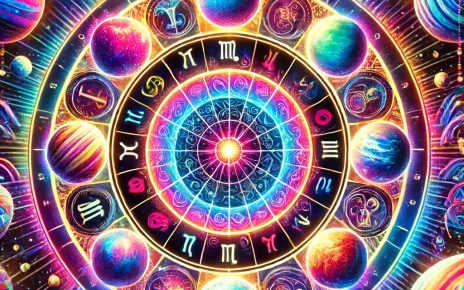While the arrangement of planets within a birth chart creates a unique celestial tapestry, there is little doubt the formation reflects the individual’s essence, strengths, challenges, and potential. One pattern that often emerges is the bowl shape—a configuration that holds profound insights into the individual’s personality, motivations, and life path. Today, we delve into the enigmatic realm of astrological chart shapes, focusing specifically on the bowl pattern, its significance, and its implications for relationships.
Understanding the Bowl Pattern:
A bowl-shaped chart is characterized by a clustering of planets on one side of the chart, forming a distinctive curve reminiscent of a bowl or crescent moon. The planets are typically spread across a hemisphere, with an empty space opposite the clustered planets, creating a sense of containment and focus.
Implications of the Bowl Pattern:
Individuals with a bowl-shaped chart often possess a concentrated focus of energy and motivation in specific areas of their lives, represented by the clustered planets. They may exhibit a strong sense of purpose, determination, and drive, as they channel their energies towards achieving their goals and aspirations.
However, the empty half of the chart may indicate areas of life that require development, integration, or balance. Individuals with a bowl-shaped chart may need to consciously cultivate qualities represented by the empty houses, such as interpersonal relationships, emotional expression, or spiritual growth, to achieve a sense of wholeness and fulfillment.
Other Astrological Chart Shapes:
While the bowl pattern is one of the most common chart shapes, other configurations may also emerge, each with its own unique characteristics and implications:
- Bucket Pattern: Similar to the bowl pattern, but with one or more planets positioned outside the curve, resembling the handle of a bucket. Individuals with a bucket-shaped chart may possess a strong sense of individuality and purpose, with the handle representing a focal point for expression and action.
- Splash Pattern: Characterized by a scattering of planets across the chart, with no clear clustering or dominant pattern. Individuals with a splash-shaped chart may exhibit a diverse range of interests, talents, and experiences, often seeking variety, spontaneity, and freedom in their lives.
- See-Saw Pattern: Marked by a balancing act between two opposing clusters of planets, creating a dynamic tension between different areas of life. Individuals with a see-saw-shaped chart may struggle with indecision or inner conflict as they seek to find equilibrium and harmony between opposing forces.
Partner Compatibility and Chart Shapes:
For individuals with a bowl-shaped chart, finding a partner with a mirrored chart—where planets are clustered on the opposite side—may offer complementary energies and perspectives. A mirrored chart with contacts on the opposite quadrants can create a sense of balance and harmony, as each partner brings strengths and qualities that complement and support the other.
Conclusion:
In the intricate web of astrology, chart shapes offer profound insights into the individual’s personality, motivations, and life journey. Whether bowl-shaped, bucket-shaped, splash-shaped, or see-saw-shaped, each configuration holds clues to the individual’s strengths, challenges, and potential for growth. By understanding and embracing the implications of chart shapes, individuals can navigate the cosmic currents of their lives with clarity, purpose, and awareness.



